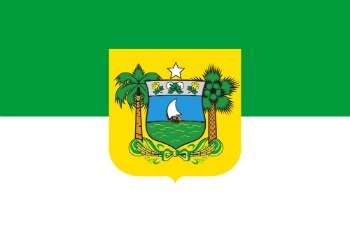La Niña is an oceanic-atmospheric phenomenon in which the surface waters of the Equatorial Pacific Ocean are exceptionally cooled.
Classified as a climatic anomaly, it happens, on average, at intervals of 2 and 7 years, while between 9 and 12 months is the time of its duration.
Despite this, it has already been recorded to have lasted more than two years.
The phenomenon was registered strongly between 1988-1989, moderately between 1998-2001 and again strongly between 2007-2008.
Causes of La Niña
La Niña is caused by the increase in trade winds, which causes warm water to accumulate to the west.
Furthermore, the decrease in sea surface temperature in the Eastern Equatorial Pacific is one more factor contributing to its occurrence.
Consequences of La Niña
Climate change is the main consequence of the event. In addition to this change, wind patterns change, as does rainfall.
This happens in several regions of the world and harms plantations and, consequently, affects the economy.
While there are regions where there is a large increase in rainfall, there are others where it does not rain.
Consequences of La Ninã in Brazil
In Brazil, it rains in abundance in the Amazon region, which causes flooding. In the southern region, on the other hand, the lack of rain results in drought, as well as a considerable increase in temperature.
La Niña and El Niño: Differences
While in the La Niña phenomenon there is water cooling, in the El Niño what happens is that the waters of the Pacific heat up.

Therefore, the phenomena whose names in Spanish mean respectively “the girl” and “the boy” are characterized by being opposites.
The term niño refers to the Child Jesus, as it happens around Christmas, while the term niña appears as its opposite, as the characteristics are different.
But this was not always the case, the La Niña phenomenon came to be called El Viejo or even Anti-El Niño.
The frequency with which La Niña happens is less than that of El Niño, according to records from the last few decades.



